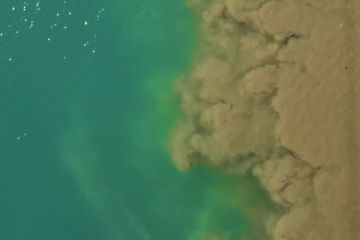Explainers ·
What is resilience?
What it is and why it's critical for the future of coral reefs and the communities that depend on them.
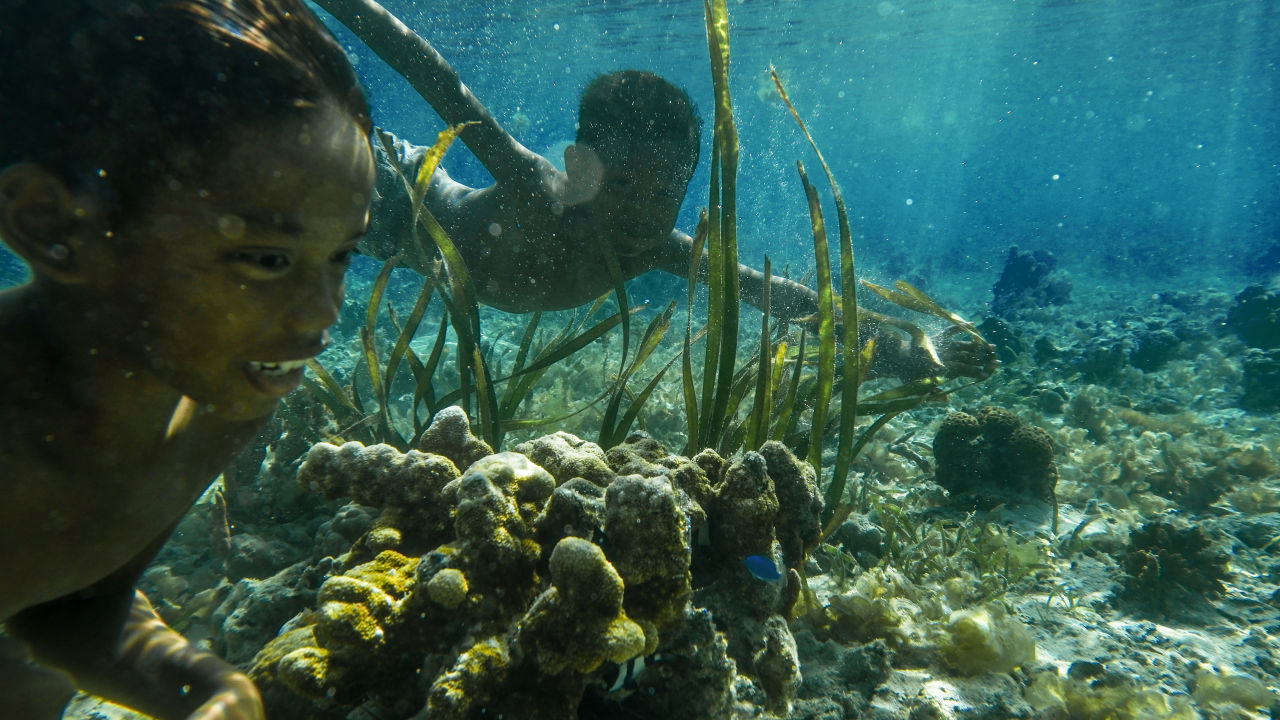
We all know it’s important, and something that our children need to thrive, but what is resilience?
For people, resilience can be the ability to survive, adapt and recover from the stresses or adversities we face in our lives. An object is resilient if it can return to its original form after being bent, squashed or stretched.
For the world’s coral reefs and the ecosystems and people that depend on them, resilience is the ability to survive, adapt and recover from the stresses and shocks they experience as a result of climate change and other local threats. The system may not bounce back to exactly how it was before, but it will continue functioning in a similar way. It may even adapt and transform in a way that will help it better manage future shocks.
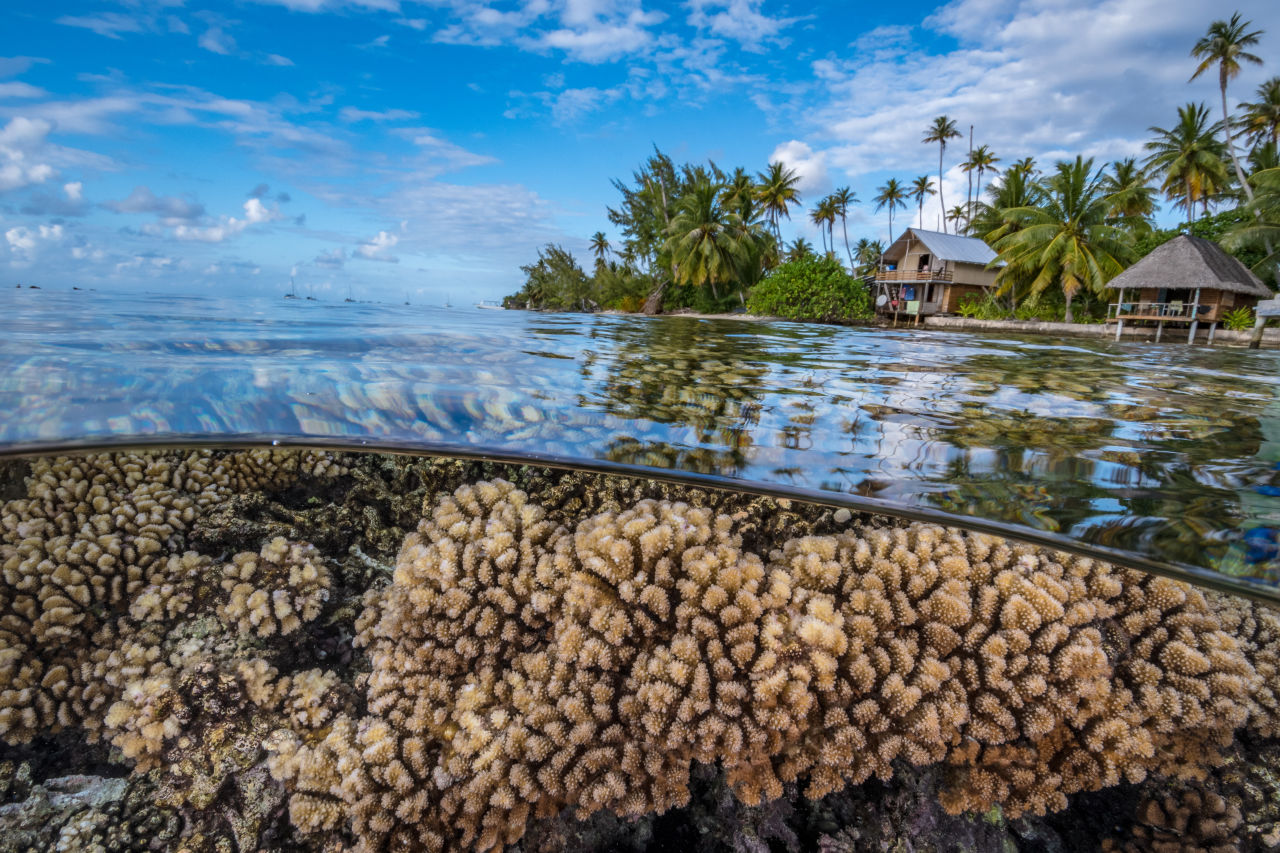
Coral reef, French Polynesia. Credit: Hannes Klost, Ocean Image Bank.
Why is resilience so important?
Coral reefs are critically important to the survival of the planet. Not only do they support 25% of all marine life, but nearly one billion people across the globe—in more than 100 countries—depend on reefs for food, wellbeing and livelihoods.
Reefs protect vulnerable coastlines from erosion and storms, contributing an estimated $10 trillion in ecosystem services. And thousands of First Nations groups hold deep cultural connections to reefs – with traditions and knowledge spanning tens of thousands of years.
Coral reefs are at risk on a global scale, with an estimated 75% of all coral reefs under threat from the combination of local stresses and a changing climate.
Building the resilience of reefs is essential to giving them, and the ecosystems and communities that rely on them, the best chance to prepare for and recover from disturbances, adapt to changes and plan for an uncertain future.
Rising water temperatures are a good example of these changes. On the Great Barrier Reef alone, higher temperatures have caused three mass bleaching events in just five years. If a resilient reef bleaches, it has the ability to recover and continue functioning in a similar way to before by providing habitat and food for other living creatures. On the other hand, a coral reef that’s lacking resilience is less likely to recover from a bleaching event and could die out.

Credit: Grant Thomas, Ocean Image Bank.
What does a resilient reef and community look like?
Resilient reefs and their communities have the ability to survive, adapt and recover from the stresses and shocks they experience. This may be driven by many factors. A resilient coral reef has high levels of diversity which creates what’s known as “functional redundancy”. This is important because it allows ecosystems to survive even if some species are lost.
For example, in a resilient reef there are many different types of animals playing a similar role. Parrot fish, surgeon fish and damsel fish all play an important role as herbivores, eating algae which can grow over and smother coral. Functional redundancy ensures that even if one of these species is lost there will be others playing that role in the system. But it’s not just about diversity and redundancy. There are many other attributes of a resilient coral reef which can be found on TNC’s Reef Resilience Network page here.
Resilient communities are similar to resilient reefs – they have strong social networks and a diversity of people, knowledge and functions. Resilient communities also govern in an adaptive, nimble and flexible way which enables them to adapt and recover from shocks and stressors such as climate disasters, pandemics or an economic crisis.
For example, in a resilient community there are diverse livelihood options that make it easier to thrive when a shock threatens one source of income. This is especially important for communities that depend on reefs, where a shock can end up putting increased pressure on the reef as communities return to livelihoods such as commercial fishing to make ends meet.
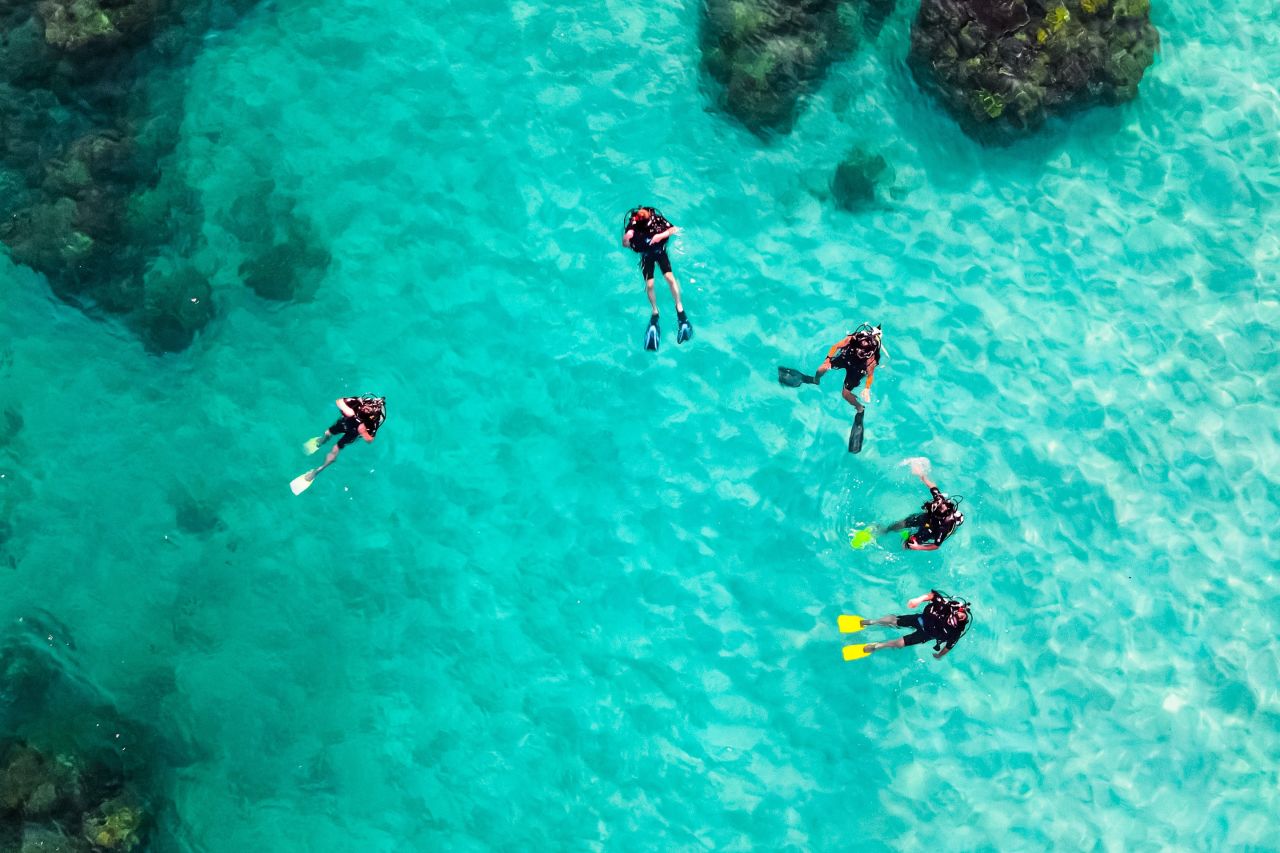
Redang Island, Palau. Credit: Nazarizal Mohammad.
How are we building the resilience of coral reefs and the people that depend on them?
Through the Resilient Reefs Initiative, we’re working with reef communities in four World Heritage listed sites to build the resilience of their reefs and communities. We do this in several ways. First, we fund new leadership in local reef management authorities—building local capacity for resilience-based management. These local leaders facilitate resilience planning, bringing together the reef management authority, community, Traditional Owners and scientists to develop a strategic plan outlining a range of actions to address their key threats. We fund the design and implementation of those actions, ensuring they benefit the reef and the community, helping both to become more resilient to future shocks.
Find out more about the Resilient Reefs Initiative here.
#Related

Explainers ·
Uncovering hidden species with eDNA
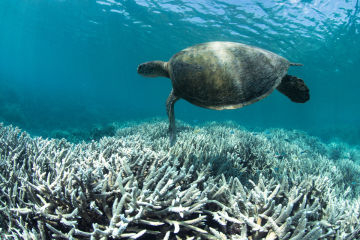
Explainers ·
What is coral bleaching?
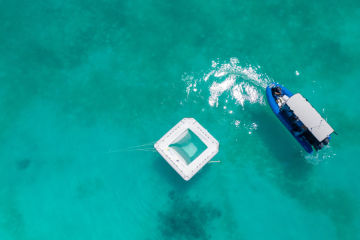
Explainers ·

